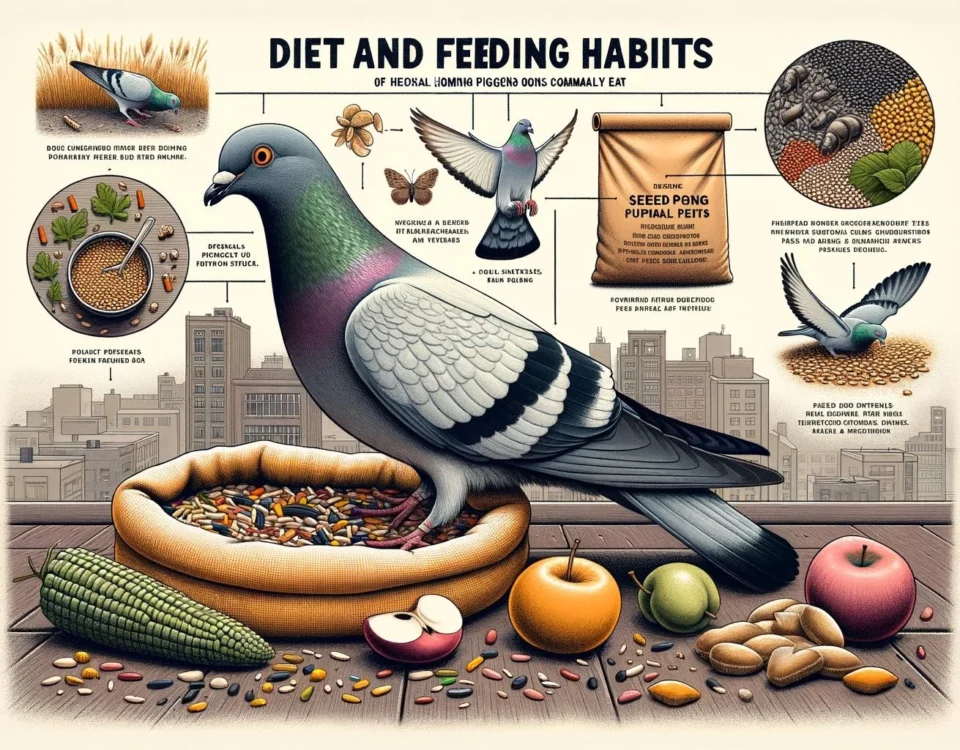In the field of behavioral studies, homing pigeons have been extensively used as research subjects to investigate various aspects of their behavior, cognition, and navigation abilities. These studies have shed light on the remarkable navigational skills of pigeons, their ability to return to their home loft from unfamiliar locations, and the underlying mechanisms that enable them to navigate accurately over long distances.
Key Takeaways
– Homing pigeons have been used to study their navigational abilities and behavior in various research fields.
– Pigeons can develop preferred routes when released alone but may diverge from these routes when released with other pigeons.
– Studies have shown that group flights tend to have better homing performance compared to solo flights.
– The pigeon hippocampus, a brain region associated with spatial memory, has been studied to understand its role in homing behavior.
– Pigeons have been used as a model for studying learning, memory, and choice behavior in animal learning theory.
– The navigational abilities of pigeons have fascinated researchers and have led to the exploration of their sensory mechanisms and brain mechanisms that support this ability.
Navigational Abilities and Preferred Routes
Homing pigeons are known for their extraordinary navigational abilities and their ability to return to their home loft from distant and unfamiliar release points. One interesting aspect of their behavior is their ability to develop preferred routes when released multiple times from the same site. However, when subsequently released with another pigeon, they may deviate from their preferred route. Group flights have been found to have better homing performance compared to solo flights.
Role of the Hippocampus in Homing Behavior
The hippocampus, a brain region associated with spatial memory, has been a focus of research in understanding the mechanisms underlying the homing behavior of pigeons. Studies have shown that the hippocampus is larger in homing pigeons compared to other non-homing pigeon breeds. This suggests a relationship between hippocampus size and spatial ability. Manipulating the hippocampus in pigeons through lesion studies has revealed marked deficits in navigation, further emphasizing its significance in homing behavior.
Pigeons as a Model for Animal Learning Theory
Pigeons, particularly domesticated homing pigeons, have been widely used as a model organism for studying the psychological processes underlying learning, memory, and choice behavior. Their extensive behavioral and anatomical data have contributed significantly to the development of animal learning theory. Research on pigeons has helped researchers understand the principles of operant conditioning and the factors that influence behavior, including reinforcement and reward.
In conclusion, homing pigeons have been valuable subjects in behavioral studies, offering insights into their navigational abilities, preferred routes, the role of the hippocampus in homing behavior, and their relevance in animal learning theory. These studies have not only deepened our understanding of the behavior and cognition of pigeons but have also provided valuable knowledge that can be applied to other fields of research.









